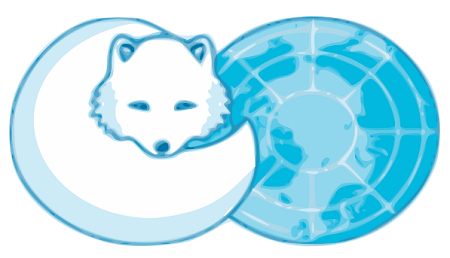
Arctic Council
Overview:
| Arctic Council Established: | September 1996. |
| Arctic Council Members: | 8 Members. |
| Arctic Council Headquarters: | Tromso, Norway. |
| Arctic Council Region: | Arctic Region. |
What is Arctic Council:
The Arctic Council is a regional intergovernmental organization that addresses issues faced by the countries belongs to the arctic region.
Establishment of the Arctic Council:
The Arctic Council was founded in September 1996 after the Ottawa declaration signed.
Members of the Arctic Council:
The Arctic Council has 8 permanent members, 13 Non-Arctic observer states, 13 international and inter-Parliamentary organizations, 12 Non-Governmental organizations, and 6 other regional permanent participant organizations.
Arctic Council Permanent members:
 Canada Canada |  Denmark Denmark |
 Finland Finland |  Iceland Iceland |
 Norway Norway |  Russia Russia |
 Sweden Sweden |  The United States The United States |
Arctic Council Observer Countries:
 France France |  Germany Germany |
 Italy Italy |  Japan Japan |
 The Netherlands The Netherlands |  China China |
 Poland Poland |
 India India |  South Korea South Korea |
 Singapore Singapore |  Spain Spain |
 Switzerland Switzerland |  The United Kingdom The United Kingdom |
Arctic Council permanent participants organizations:
1. Aleut International Association (AIA)
2. Arctic Athabaskan Council (AAC)
3. Gwich’in Council International (GCI)
4. Inuit Circumpolar Council (ICC)
5. Saami Council
6. Russian Association of Indigenous Peoples of the North (RAIPON)
Arctic Council Objectives:
The main purpose of the Arctic Council to promote cooperation, coordination, and interaction among the Arctic states, Arctic indigenous peoples, and other arctic inhabitants on common Arctic issues such as sustainable development and environmental protection in the Arctic.
Arctic Council Headquarters:
The headquarters of the Arctic Council was established in the year 2012, in Tromso, Norway.
Subsidiary bodies of the Arctic Council:
The Arctic Council also established some task forces or expert groups to carry out specific work. The expert groups are given below.
Arctic Contaminants Action Program (ACAP)
Arctic Monitoring and Assessment Programme (AMAP)
Conservation of Arctic Flora and Fauna (CAFF)
Emergency Prevention, Preparedness, and Response (EPPR)
Protection of the Arctic Marine Environment (PAME)
Sustainable Development Working Group (SDWG)
Arctic Council Meeting:
The Arctic meeting held every six months somewhere in the chair's country. The high-level government representatives from the permanent member countries, permanent participant organizations, and observer states take part in the meetings.
Arctic Council Chairmanship:
Every two years, the chairmanship of the council rotates among the Arctic states, and the chair country also takes responsibility for maintaining the secretariat, which includes hosting the meetings, maintaining the website of the council, distributing reports and documents. The first country to chair the Arctic Council was Canada from 1996 to 1998. Currently, Iceland chairs the Arctic Council from 2019 to 2021, and the Russian Federation will chair the council from 2021 to 2023.
India and the Arctic Council:
India is not a permanent member of the Arctic Council however India is an observer state of the Arctic Council and observes the activities of the organization closely as the arctic region is very important for Earth's environment. The greenhouse gases are affecting the region very badly as the frozen soil in the arctic region is melting rapidly, and if the arctic region, will affect by the greenhouse gases, the other parts of the Earth will also feel the heat. The big countries of the world must work together to reduce greenhouse gases emission so that Earth can be saved.